China is leading the world in building nuclear reactors that generate electricity to help fuel economic growth and meet its zero-emissions goals.
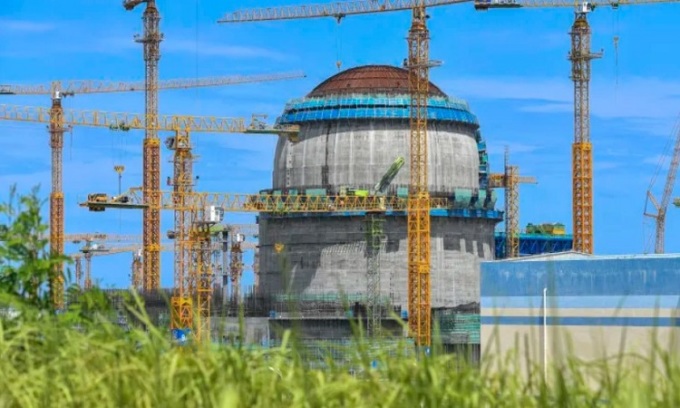
Construction site of the Xuong Giang nuclear power plant in Hainan, China. Photo: China News
China has 21 nuclear reactors under construction, with a total capacity of more than 21 gigawatts, according to the International Atomic Energy Agency (IAEA). That's 2.5 times more than any other country. India has the second-largest number of reactors under construction, with eight, capable of producing more than 6 gigawatts of electricity. Turkey is third, with four reactors and a total planned capacity of 4.5 gigawatts, according to CNBC . (One gigawatt is enough to power a medium-sized city.)
“China is actually the world leader in nuclear technology right now,” said Jacopo Buongiorno, a professor of nuclear science and engineering at the Massachusetts Institute of Technology. Kenneth Luongo, president and founder of the Partnership for Global Security, a nonprofit organization focused on transnational energy, nuclear, and security policy, echoed Buongiorno. In terms of the number of operating nuclear reactors, China ranks third in the world, with 55 reactors and a capacity of more than 53 gigawatts.
Demand for electricity is driven by demand, so new nuclear reactors are often built in fast-growing economies that need electricity to fuel growth. While more than 70% of current nuclear capacity is in countries that are members of the Organization for Economic Cooperation and Development (OECD), nearly 75% of nuclear reactors under construction are in non-OECD countries, half of which are in China, according to the World Nuclear Association.
As China's economy has grown, so has its electricity production. China's total electricity production reached 7,600 terawatt hours in 2020, up from 1,280 terawatt hours in 2000, according to the US Energy Information Administration. Nuclear power now accounts for just 5% of the country's total electricity production, with coal still accounting for about two-thirds, according to the International Energy Agency. But using coal to meet China's soaring electricity demand comes with air pollution problems. Nuclear power generation does not release greenhouse gases that contribute to air pollution and global warming, so China has turned to nuclear power as a way to quickly produce clean energy.
China started its nuclear program by buying reactors from France, the United States, and Russia, and then building its own reactor, the Hualong (in cooperation with France). One reason China has become a leader in nuclear energy is that government support has allowed it to build more reactors at lower costs.
China has been continuously improving its domestically developed key nuclear power equipment, strengthening its nuclear power equipment manufacturing capacity and its ability to ensure the related industrial chain. It has also developed the ability to supply complete sets of nuclear power equipment for one million kW pressurized water reactors (PWRs). In 2022, China produced 54 sets of nuclear power equipment, reaching a new high in the past five years.
"More than 90 percent of China's large nuclear power reactors are now domestically produced. China's nuclear power engineering construction technology level maintains a good international ranking, with the ability to build more than 40 nuclear power units at the same time," said Zhang Tingke, secretary general of the China Nuclear Energy Association (CNEA).
By 2030, China is expected to lead the world in installed nuclear power capacity. According to CNEA, the country's nuclear power output is expected to account for 10% of total electricity output by 2035, helping to increase the importance of nuclear power in China's energy mix and promote the transition to a low-carbon energy mix.
An Khang ( Summary )
Source link












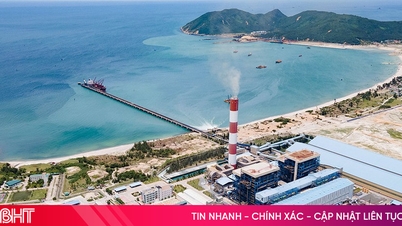

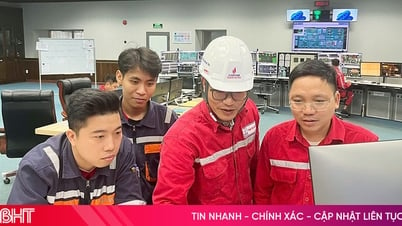
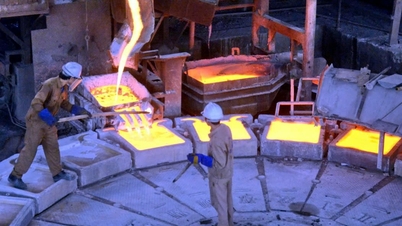

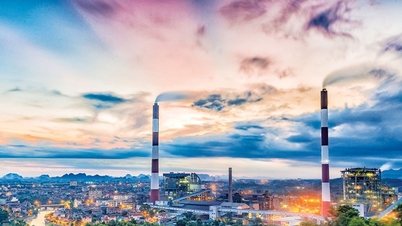





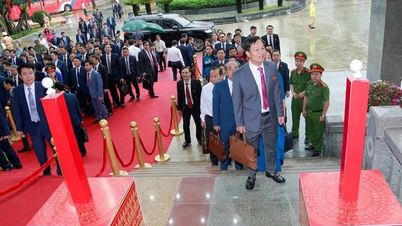

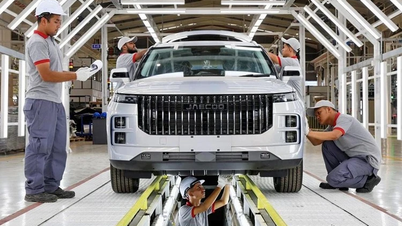











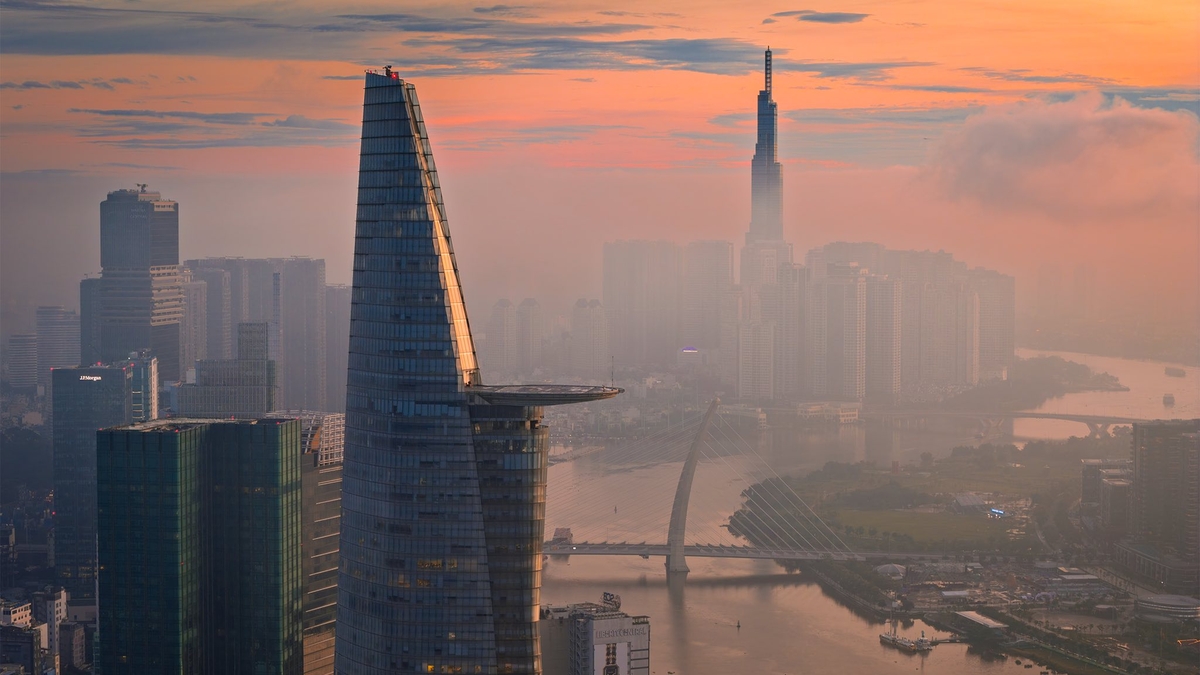






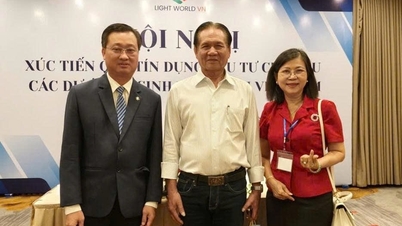



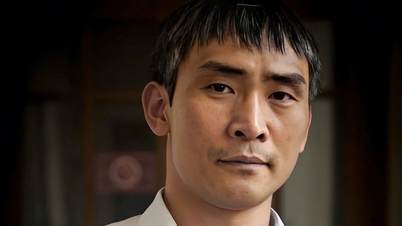

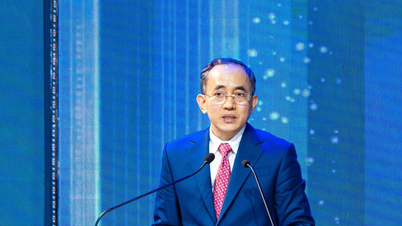










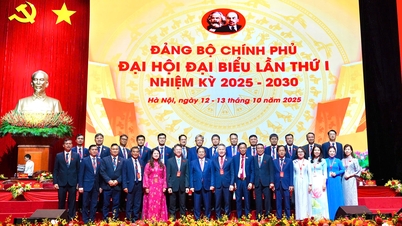
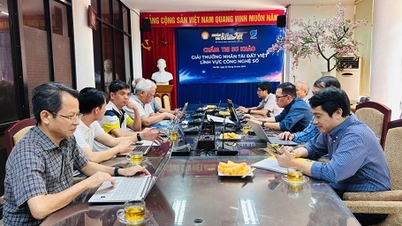



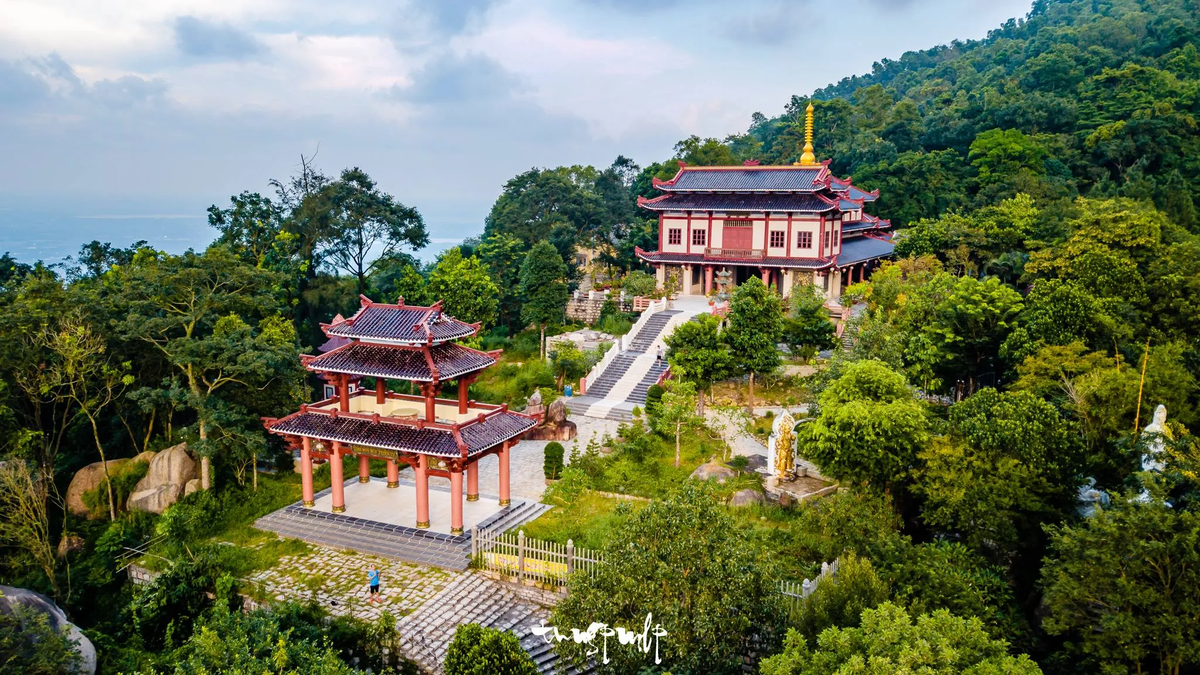





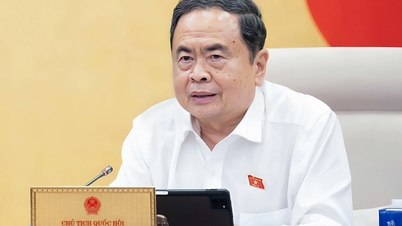
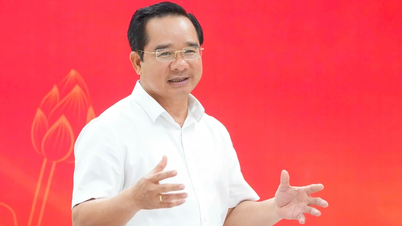




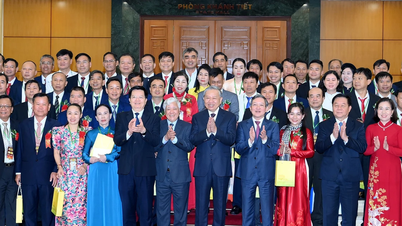



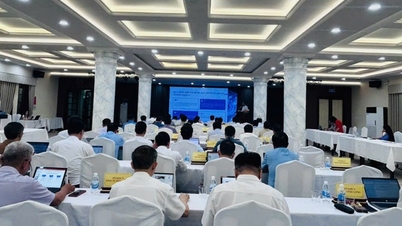













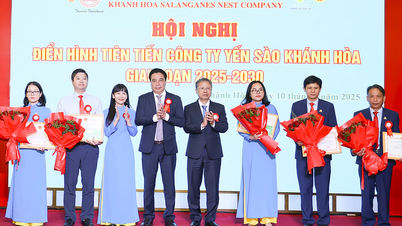

















Comment (0)